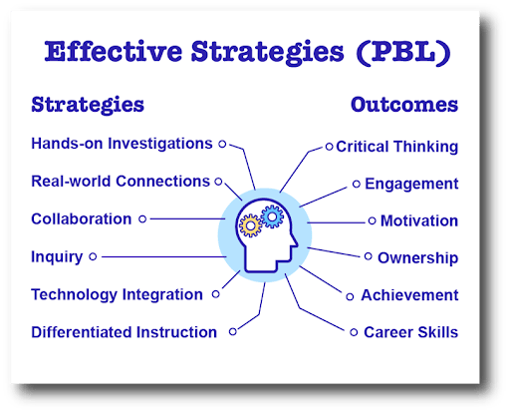
How You Should Be Teaching Multiliteracy
In today’s classrooms, students aren’t just reading textbooks. They’re decoding digital information, scrolling through...
Admin | Published May 13, 2021
Introduction
In December 2020, Congress approved a stimulus bill that set aside $70 billion for public education. This section of the bill is known as H.R. 133. Another bill, the $1.9 trillion American Rescue Plan (also known as the COVID-19 Stimulus Package), will double the amount of public education funding. The bill is designed to help every student, but it will target students disproportionately affected by the pandemic: those living at or near the poverty line. The American Rescue Plan, along with the $70 billion from H.R. 133, has the potential to not just aid recovery, but also transform education and the lives of impoverished students for the better.
Key Funding Categories
The American Rescue Plan includes several categories of funding for public education. The largest portion of public education funding, $350 billion, will go to states and local governments for discretionary spending, followed by $130 billion for reopening K-12 schools safely and reversing learning loss. As of March 1, 2021, most states are giving local authorities the last word in reopening schools. Unfortunately, studies show a direct correlation between high degrees of learning loss and distance learning. Still, virtual learning isn’t in itself necessarily the problem. Affluent school districts, for example, have the resources to ensure academic progress without meeting in person.
But even after a year of COVID-19, schools struggling before the pandemic still don’t have the resources they need for virtual learning. Many students living in poverty don’t have Wifi, computers, and other essential technology for distance learning. Reopening schools safely (with emphasis on “safely”) is the surest way to curb learning loss. The $130 billion dedicated for this purpose can help us get there. (You can see a full breakdown of the funding here.)
Tax Provisions
The American Rescue Plan will extend two important tax credits to more people in 2021: the Earned Income Tax Credit (EITC) and Child Tax Credit. The EITC pertains to low-income workers without children in their household, and the Child Tax Credit is a small sum granted to families with children. Ironically, in the past the tax credit has applied predominantly to middle- and upper-income families. Under the new provision, the credit will be granted for every child except those growing up in families occupying the highest income bracket. Low-income families will receive $3,600 per child, a sum that will be paid in allotments throughout the year, guaranteeing some form of regular income. This tax credit will be an addition to the $1,400 stimulus check that most Americans have received. Experts believe that the two credits (along with the stimulus checks) will raise 5.5 million students above the poverty line--a 40 percent improvement.
Experts have long believed that, for students living at or below the poverty line, factors outside of school largely contribute to bad academic performance. Drastic reform in the classroom does not necessarily have to occur (although most analysts would agree that certain changes need to be made). Rather, our policy should focus on improving the situation of students in their homes and neighborhoods. The tax provisions aim to achieve this outcome. However, they are not permanent. As of April 2021, it is unclear how long they will last. As of this writing, policy experts are predicting that they will be effective for at least a year or two. But as the economy recovers, it is possible that they will be withdrawn.
Conclusion
As educators, we recognize the wisdom of addressing poverty to improve children's prospects, even as we strive to help them in the classroom. Students cannot be expected to perform well on a math or biology test when they are grappling with food uncertainty or unsafe housing at home. For far too many students, this was their reality before the pandemic. As we all know, COVID-19 has only made things worse. The American Rescue Plan will help, but we must already begin planning for the future to ensure that these students are not once again forgotten when society regains its footing. As educators, we will hold on to the hope of lasting, positive change.

In today’s classrooms, students aren’t just reading textbooks. They’re decoding digital information, scrolling through...

We’ve always used narrative and stories to explain, remember, and connect. With our youngest learners, stories spark...

Teaching science involves more than delivering facts; it’s about sparking curiosity, encouraging critical thinking, and...